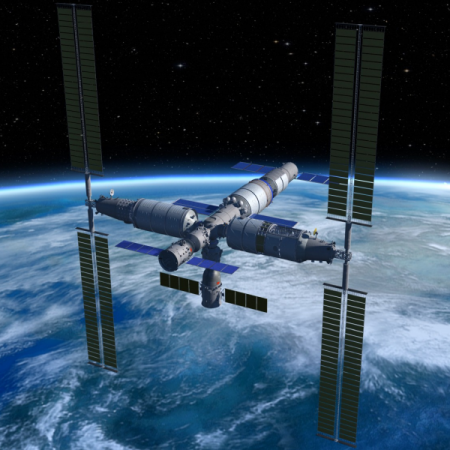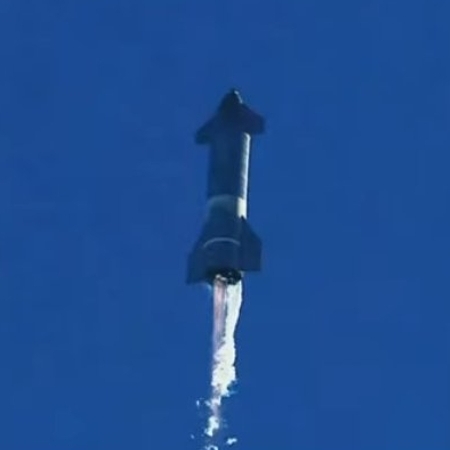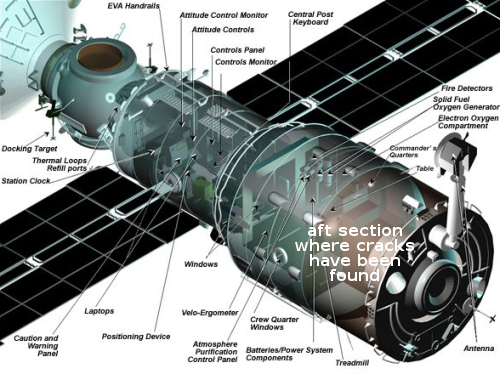The upcoming first launch of China’s space station

The new colonial movement: Later this month, on April 29th, China will use its Long March 5B rocket to launch the first module of its space station, dubbed Tianhe, thus beginning the assembly over the next year or so of their first space station, with ten more launches planned in that short time span.
The T-shape, 100-metric-ton CSS [Chinese Space Station] will comprise three major modules: the 18-meter-long core module, called Tianhe (“Harmony of the Heavens”), and two 14.4-meter-long experiment modules, called Wentian (“Quest for the Heavens”) and Mengtian (“Dreaming of the Heavens”), which will be permanently attached to either side of the core. As the station’s management and control center, Tianhe can accommodate three astronauts for stays of up to six months. Visiting astronauts and cargo spaceships will hook up to the core module from opposite ends. Both it and Wentian are equipped with robotic arms on the outside, and Mengtian has an airlock for the maintenance and repair of experiments mounted on the exterior of the station. Tianhe has a total of five docking ports, which means an extra module can be added for future expansion. The station is designed to operate for more than 10 years.
Much of the work on this station will be similar to the scientific research done on ISS. One additional science project linked to the station however is far more impressive:
» Read more

The new colonial movement: Later this month, on April 29th, China will use its Long March 5B rocket to launch the first module of its space station, dubbed Tianhe, thus beginning the assembly over the next year or so of their first space station, with ten more launches planned in that short time span.
The T-shape, 100-metric-ton CSS [Chinese Space Station] will comprise three major modules: the 18-meter-long core module, called Tianhe (“Harmony of the Heavens”), and two 14.4-meter-long experiment modules, called Wentian (“Quest for the Heavens”) and Mengtian (“Dreaming of the Heavens”), which will be permanently attached to either side of the core. As the station’s management and control center, Tianhe can accommodate three astronauts for stays of up to six months. Visiting astronauts and cargo spaceships will hook up to the core module from opposite ends. Both it and Wentian are equipped with robotic arms on the outside, and Mengtian has an airlock for the maintenance and repair of experiments mounted on the exterior of the station. Tianhe has a total of five docking ports, which means an extra module can be added for future expansion. The station is designed to operate for more than 10 years.
Much of the work on this station will be similar to the scientific research done on ISS. One additional science project linked to the station however is far more impressive:
» Read more










